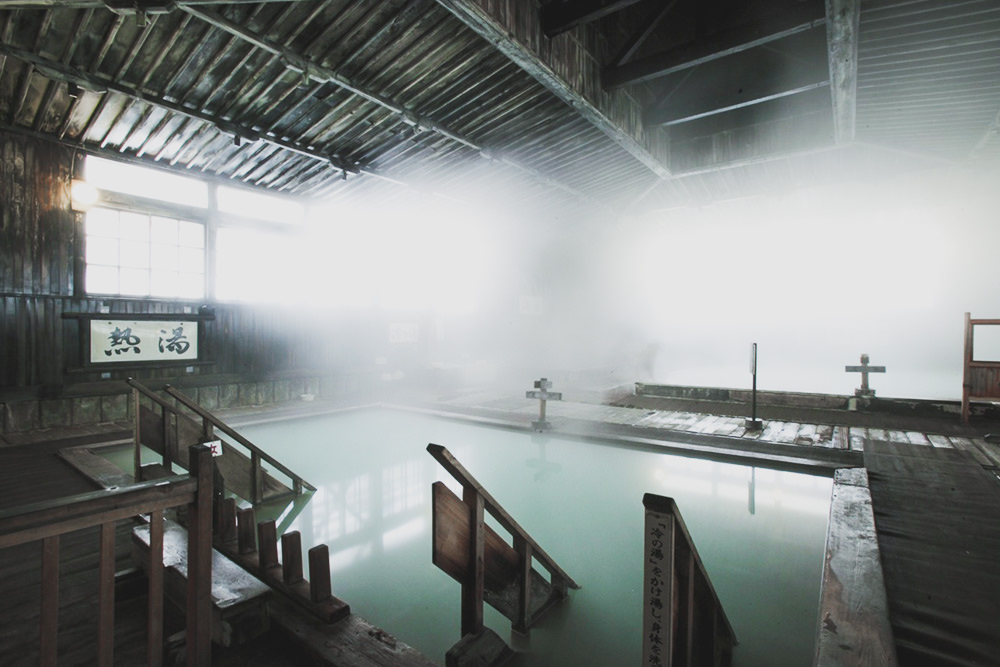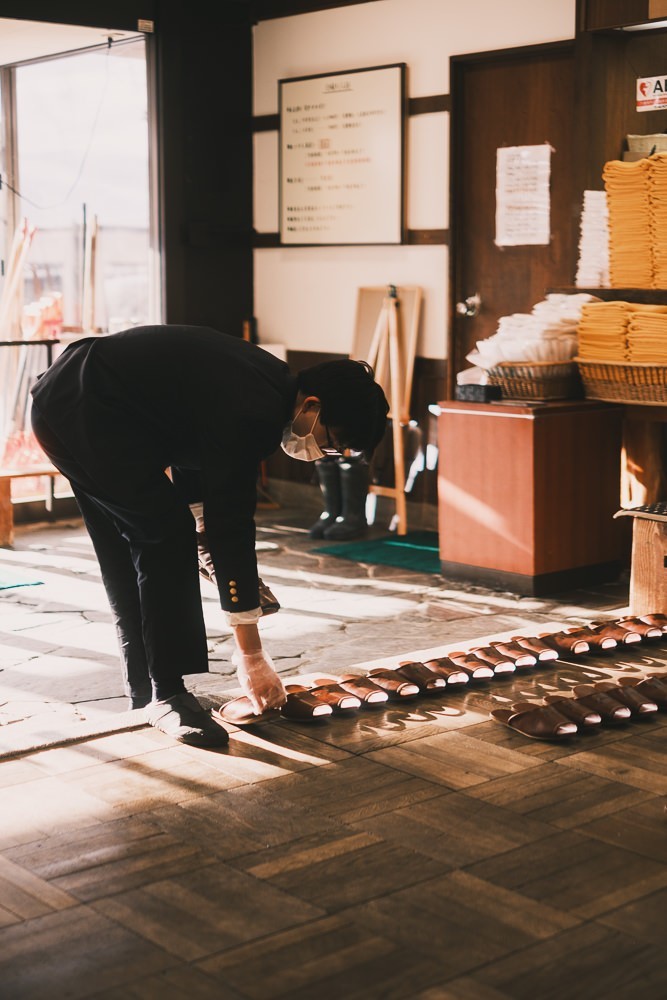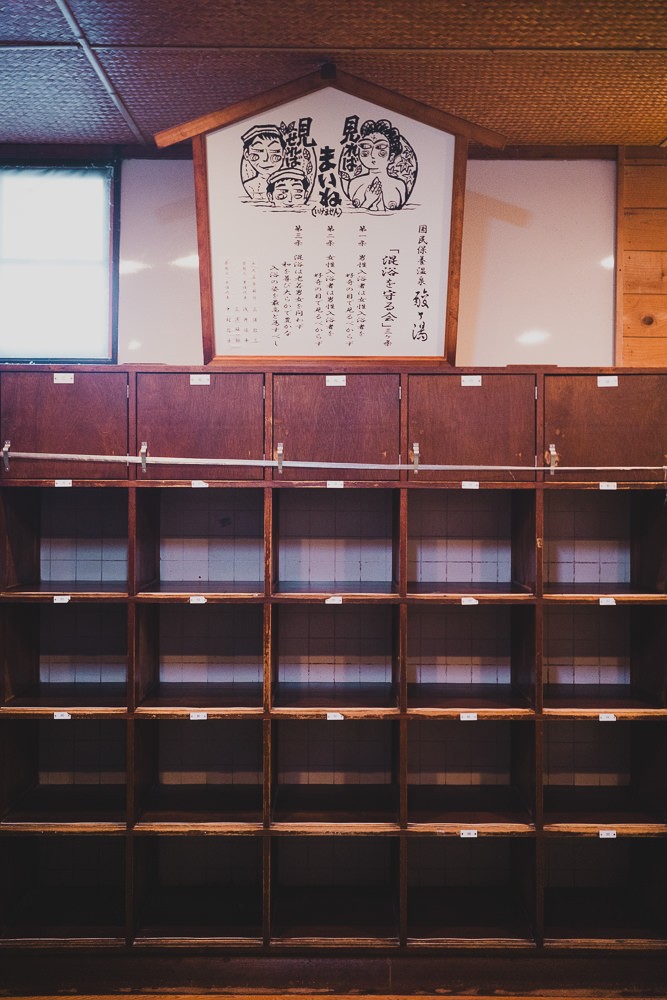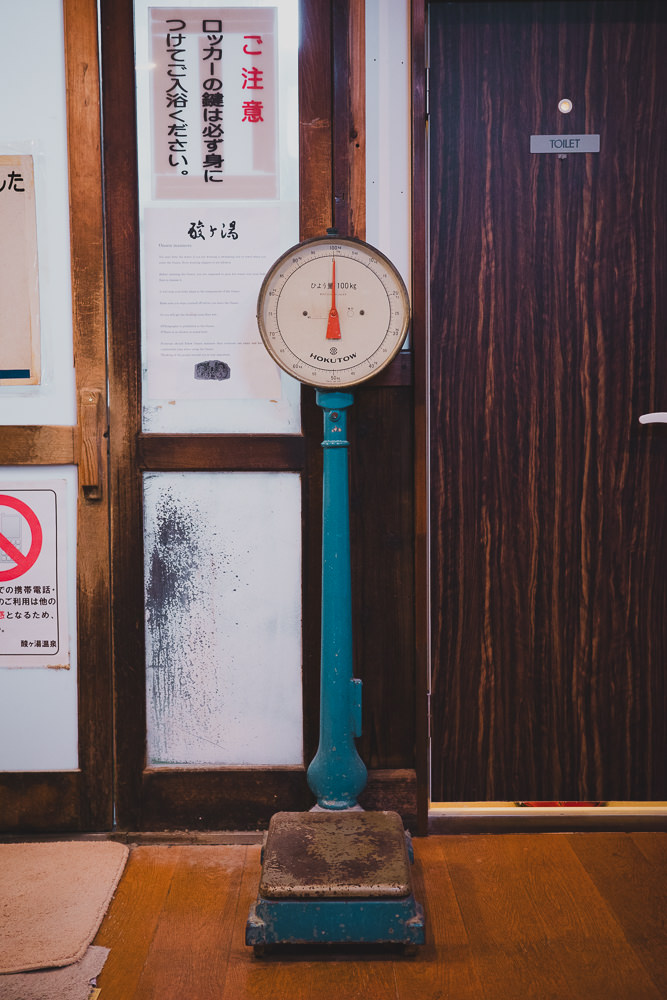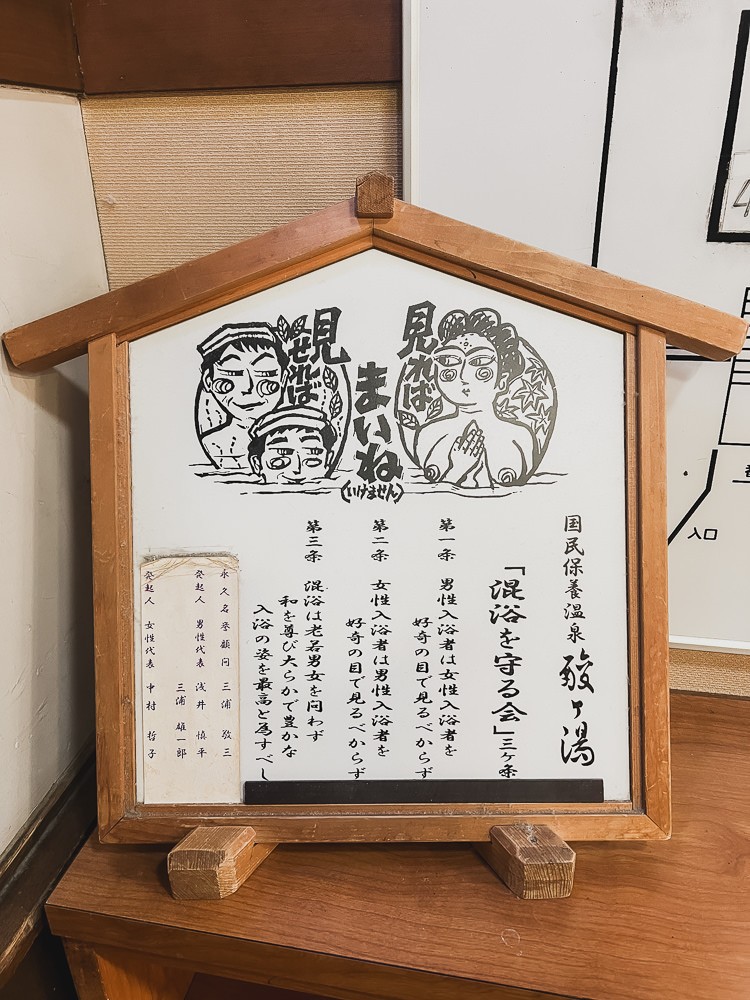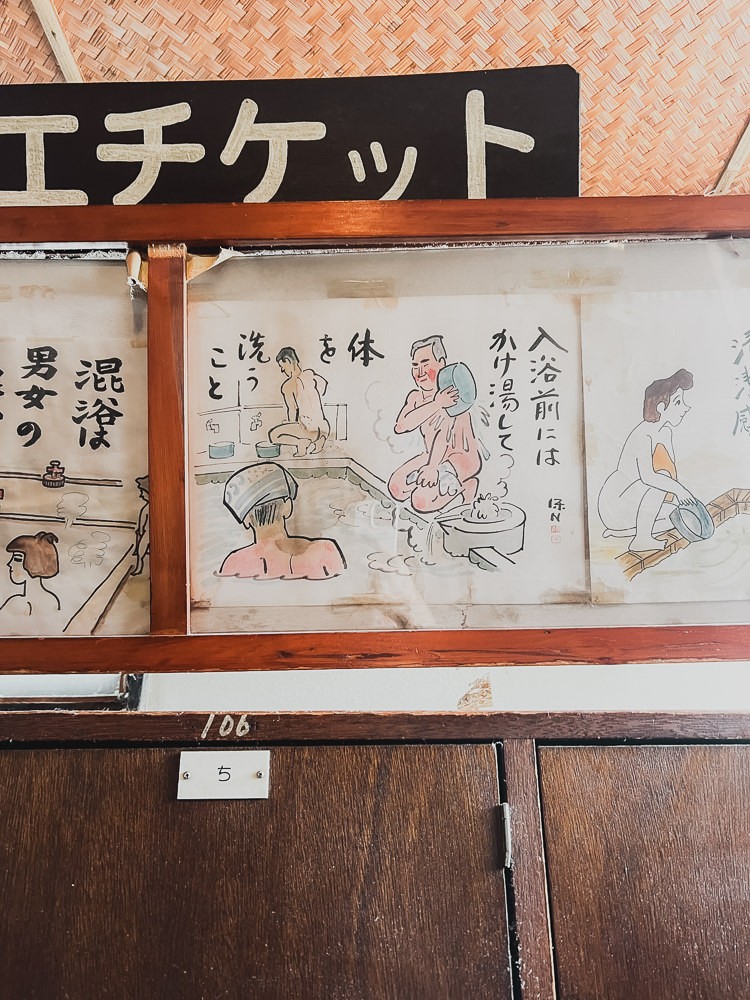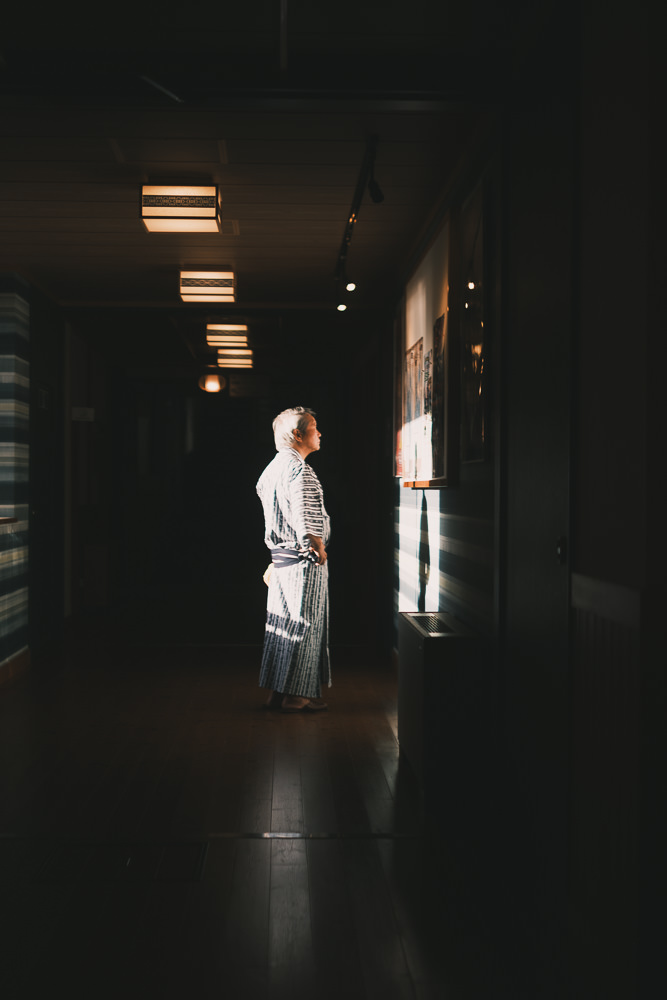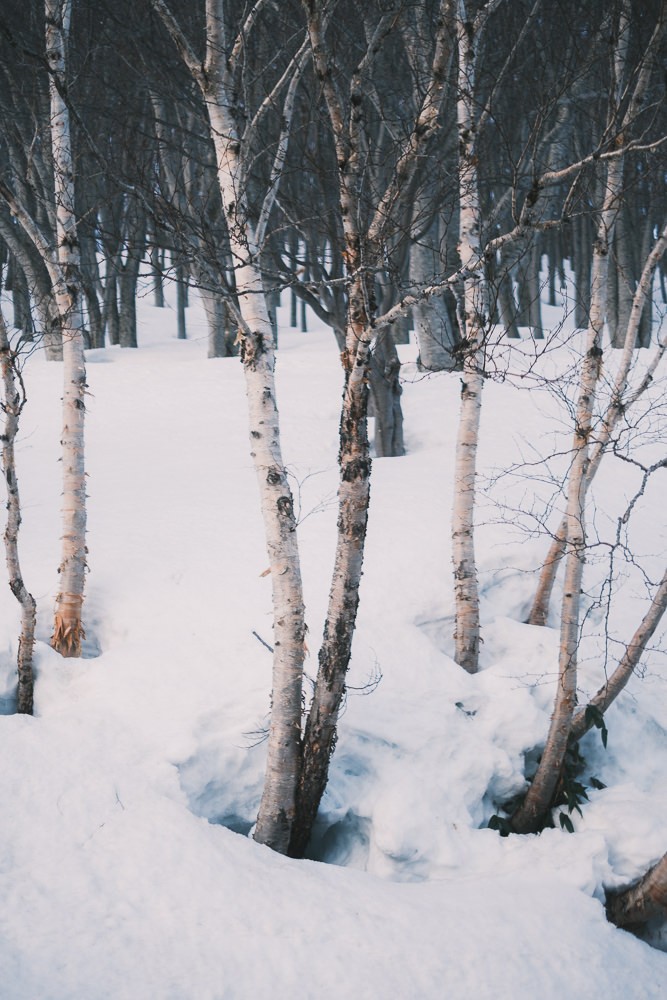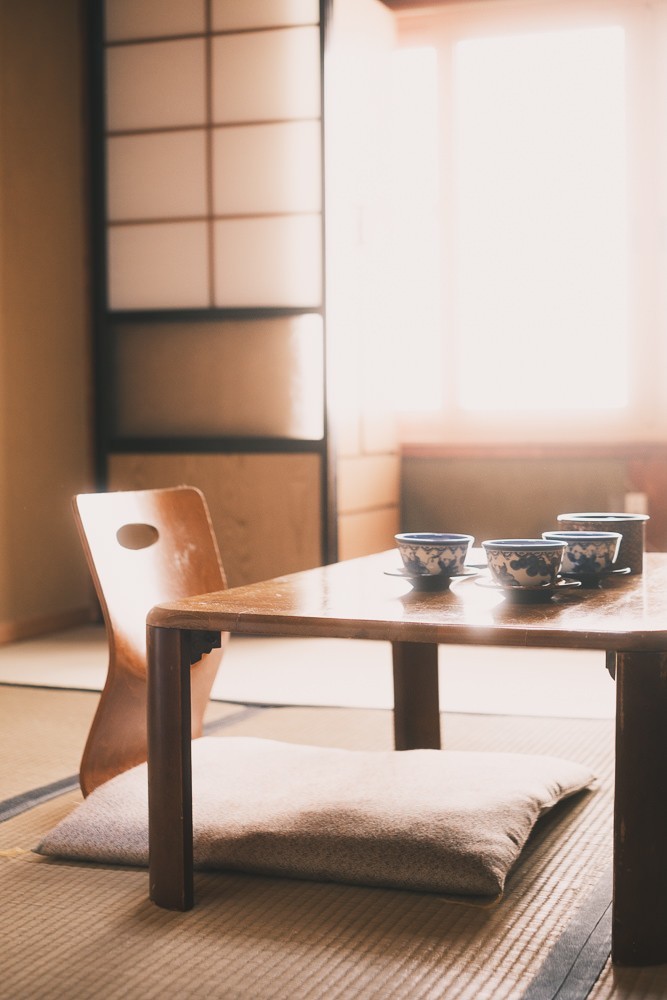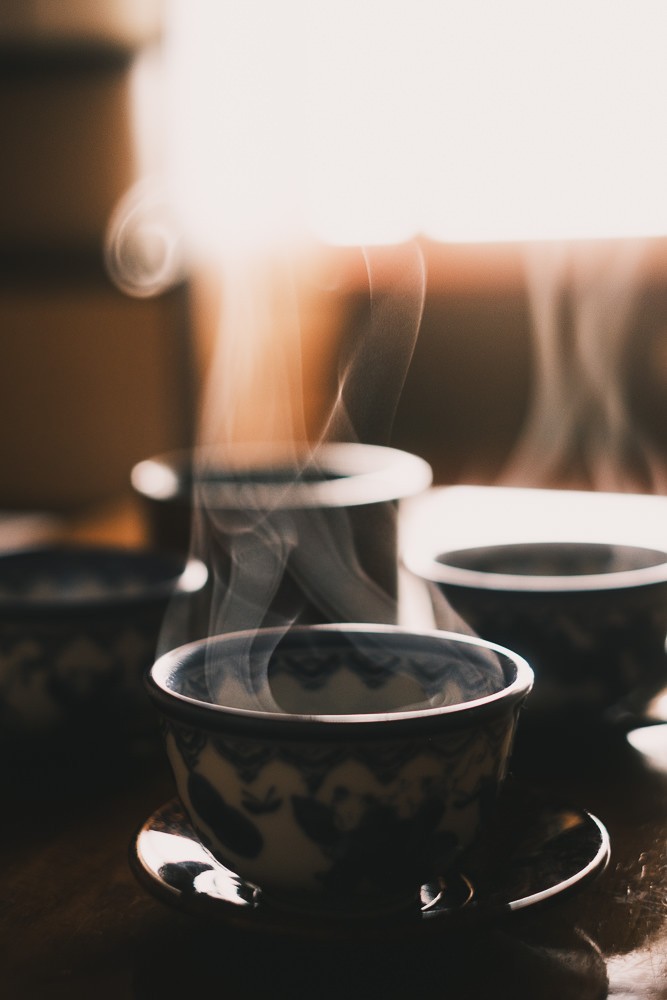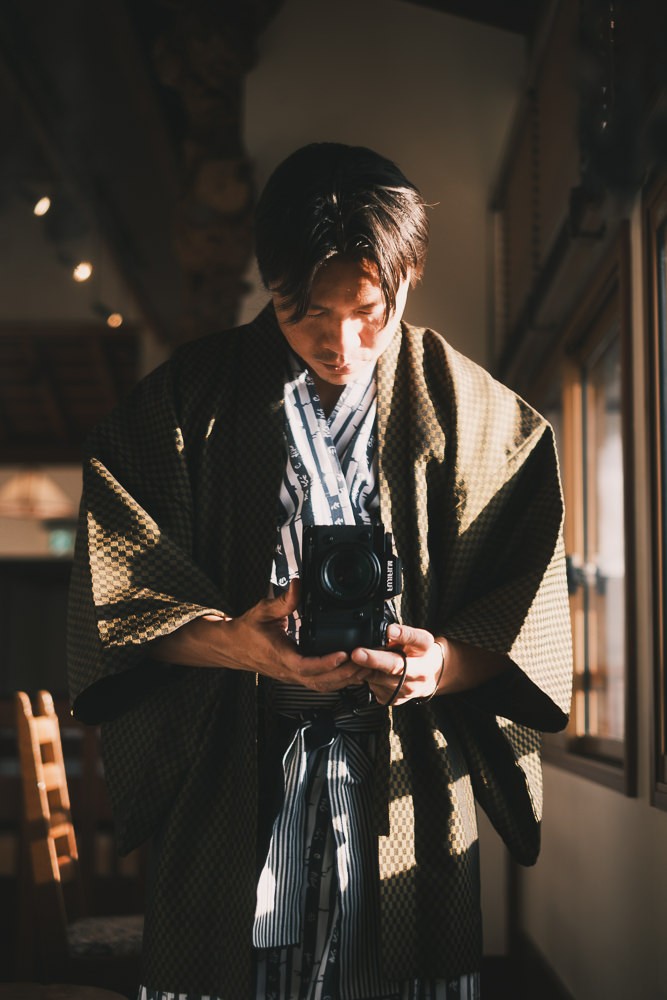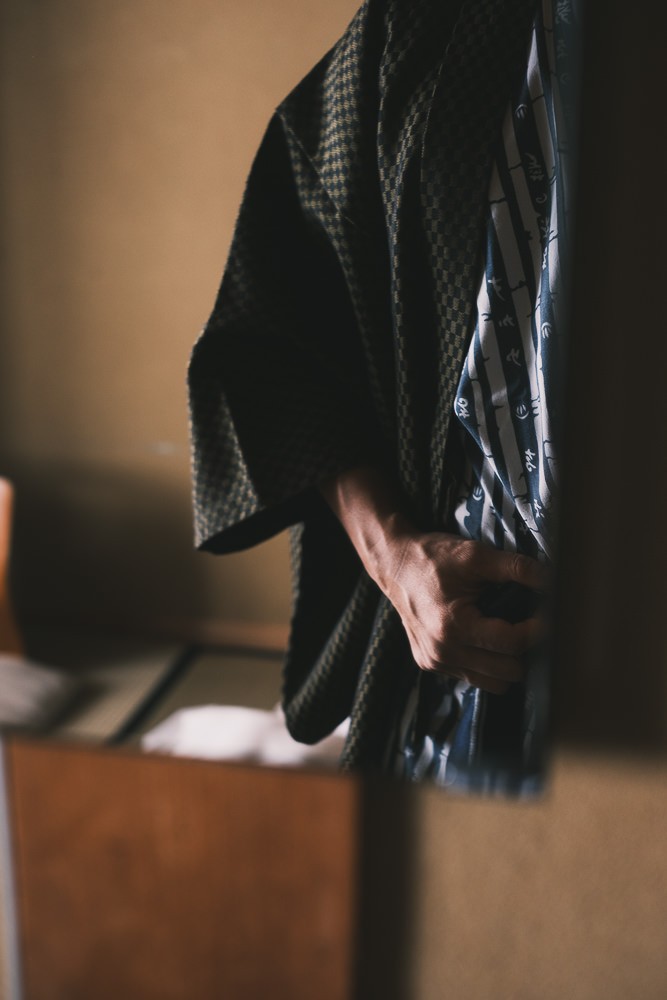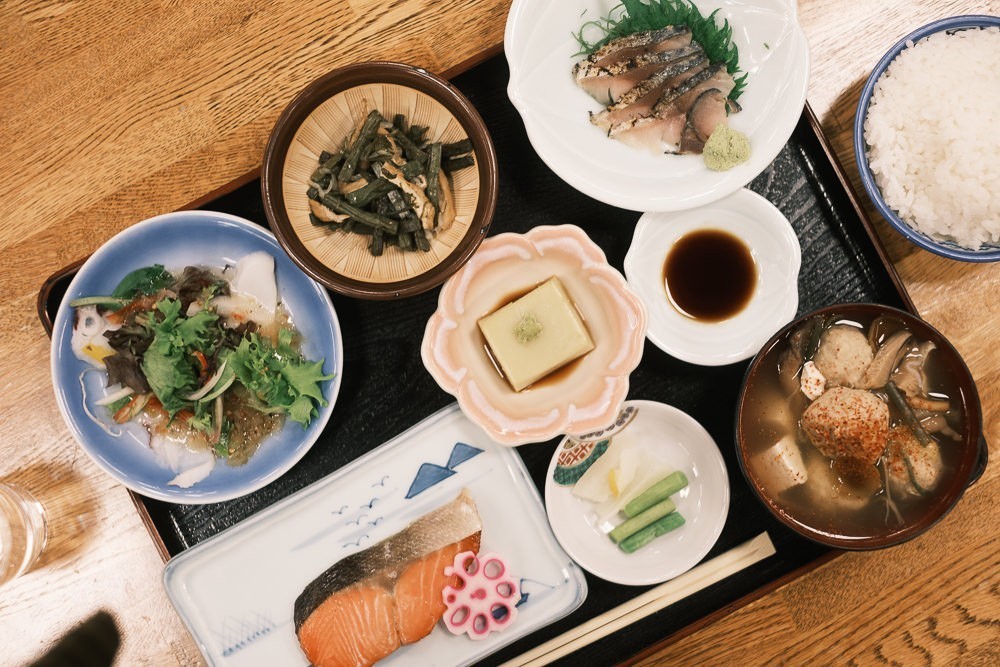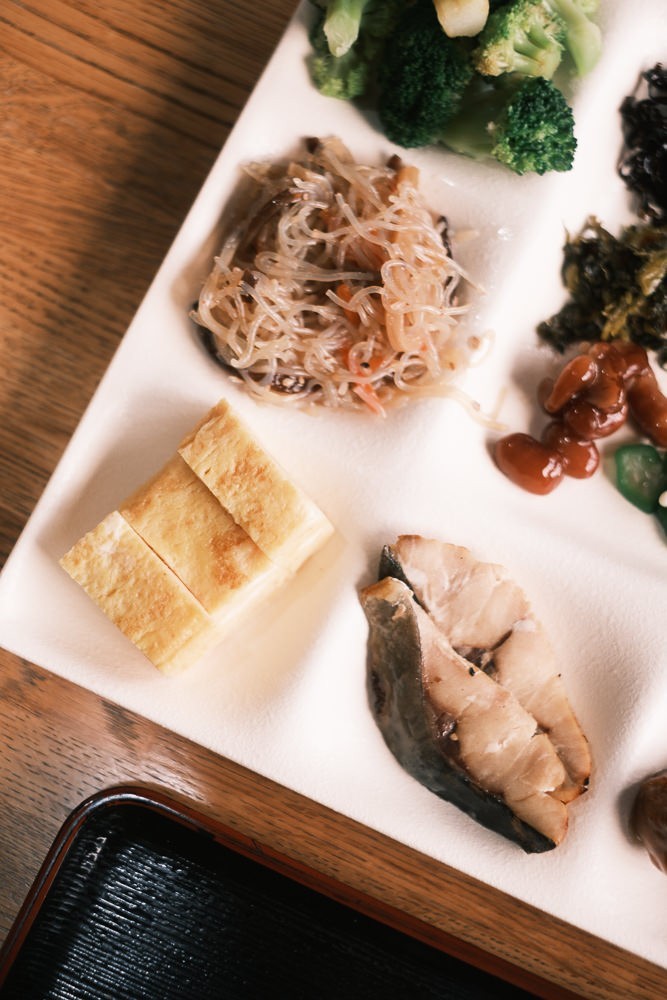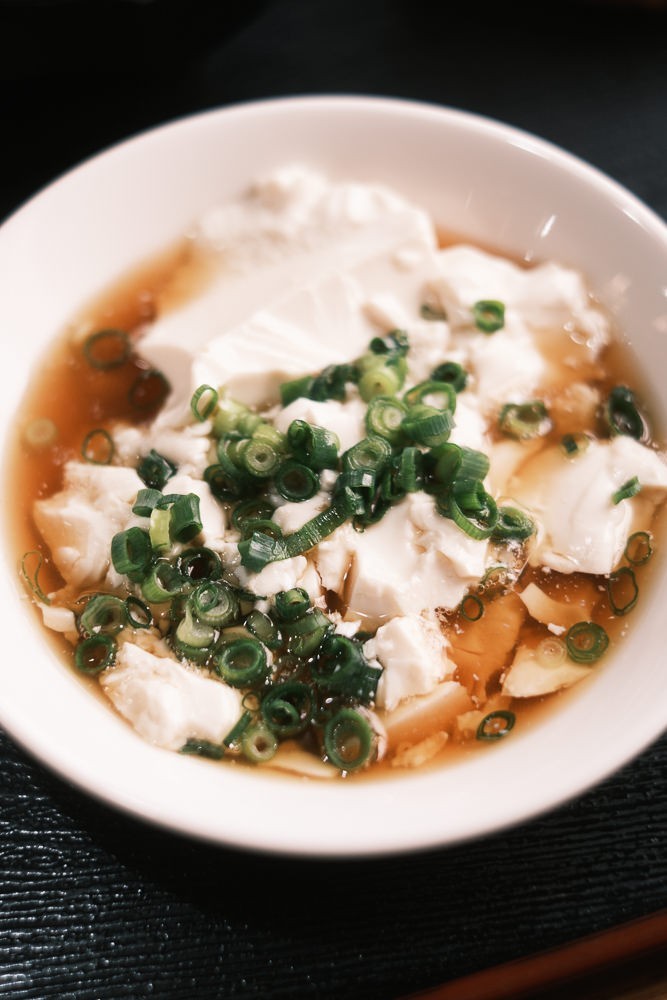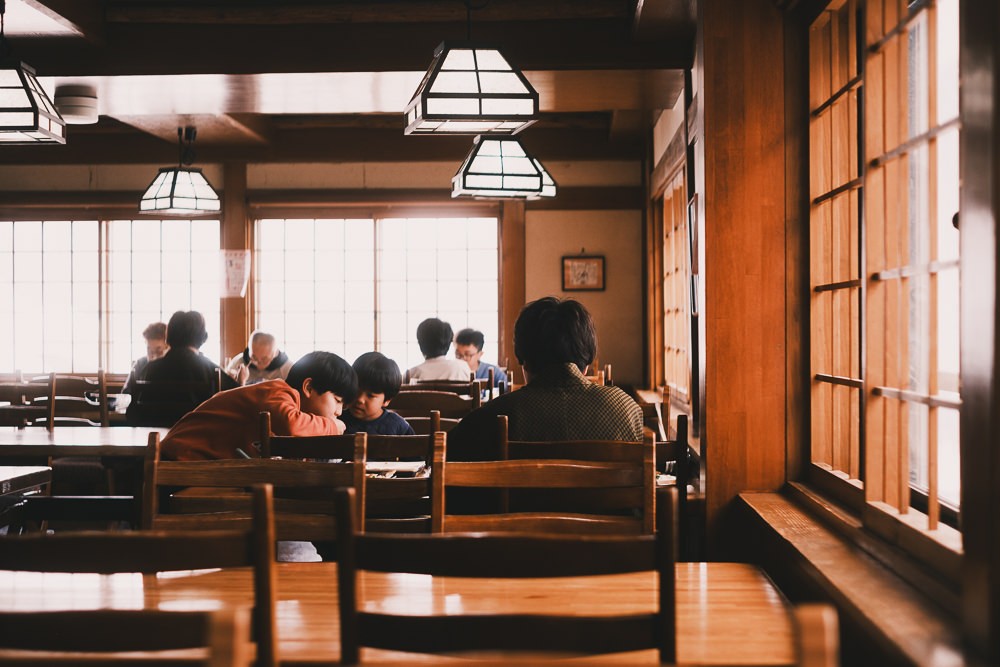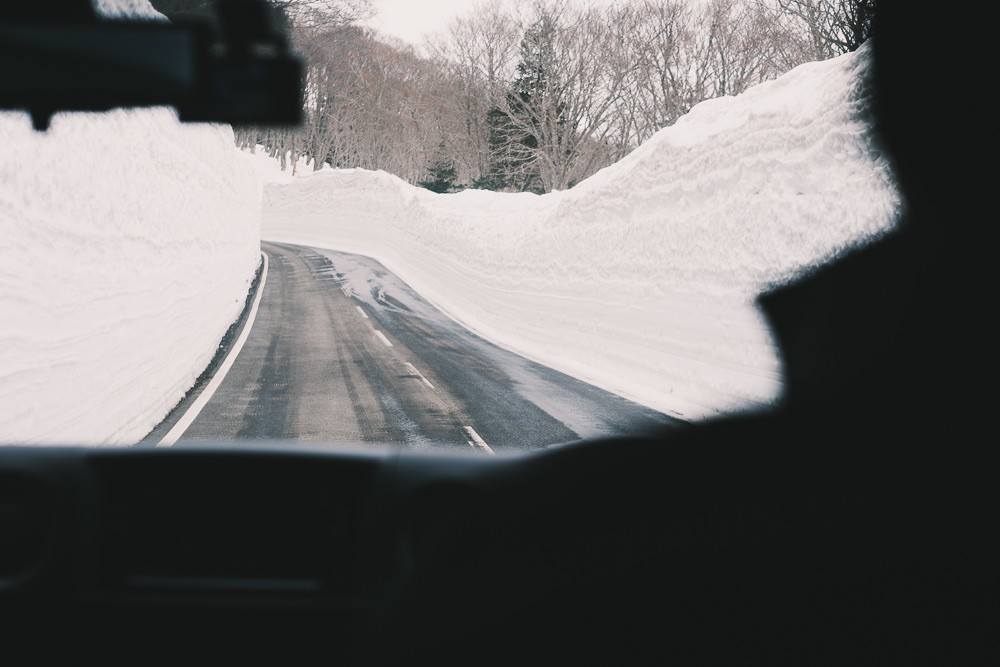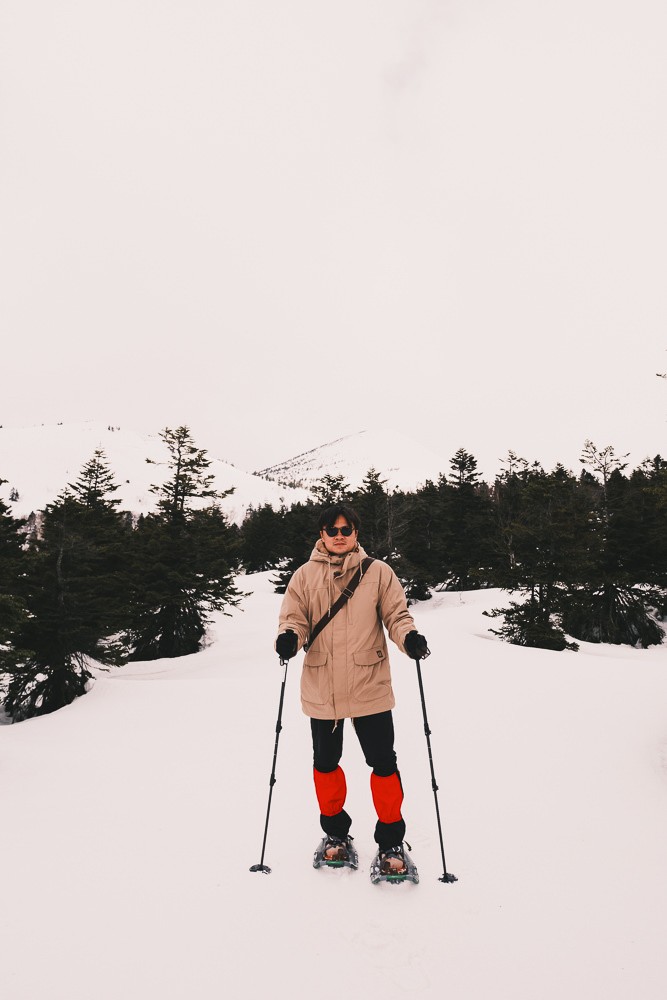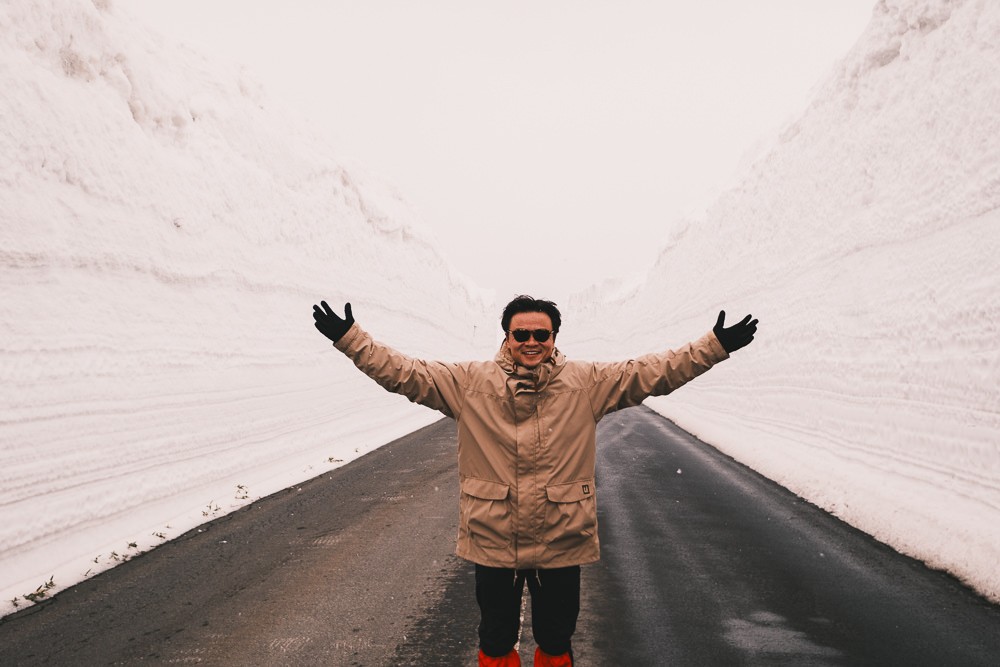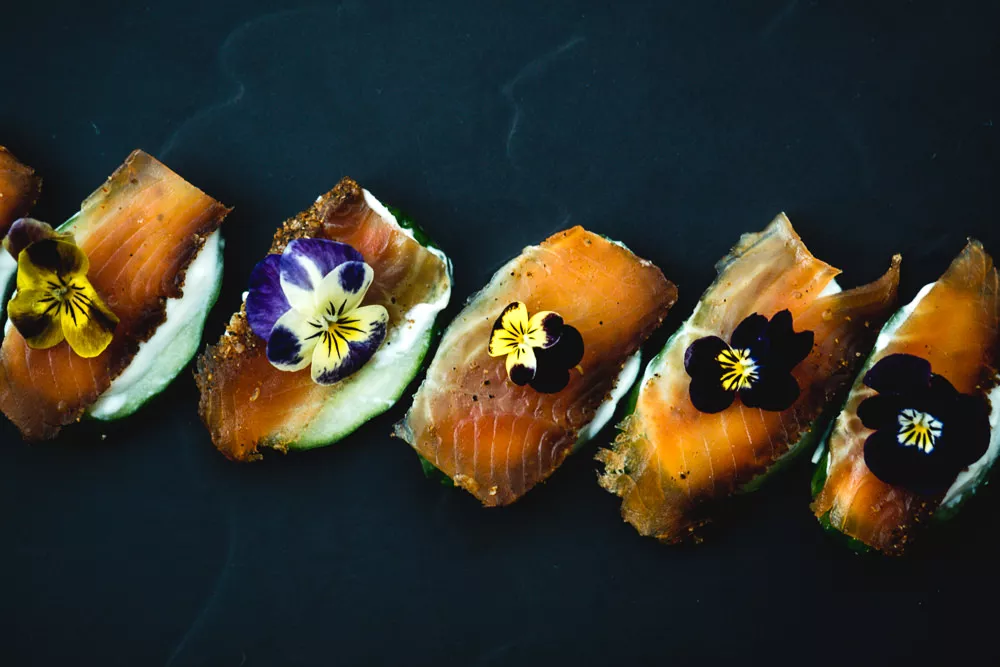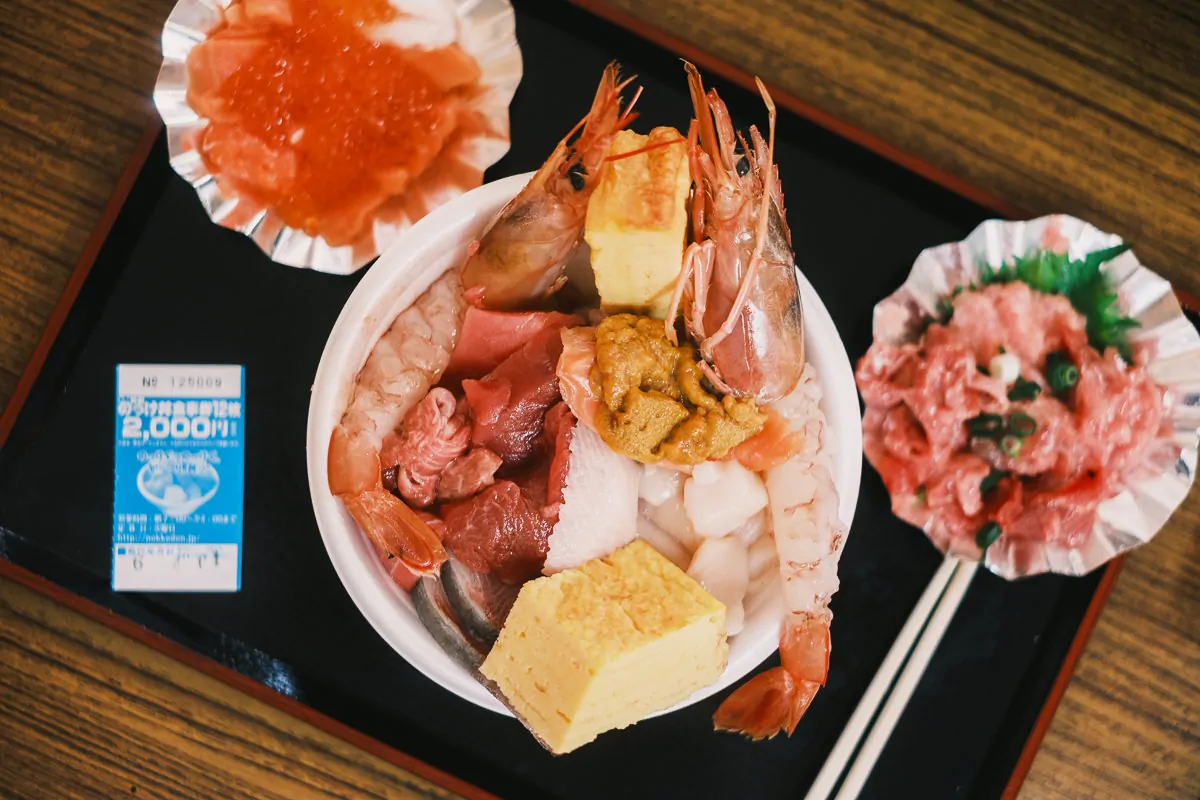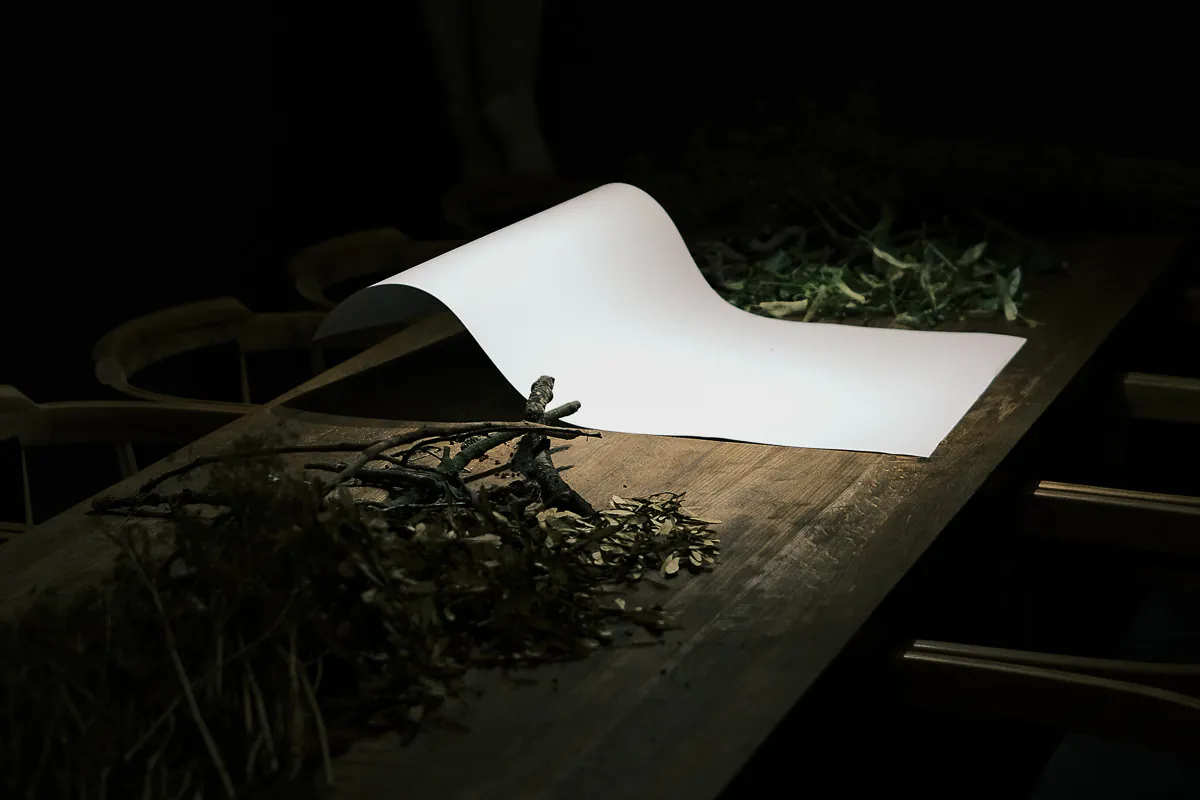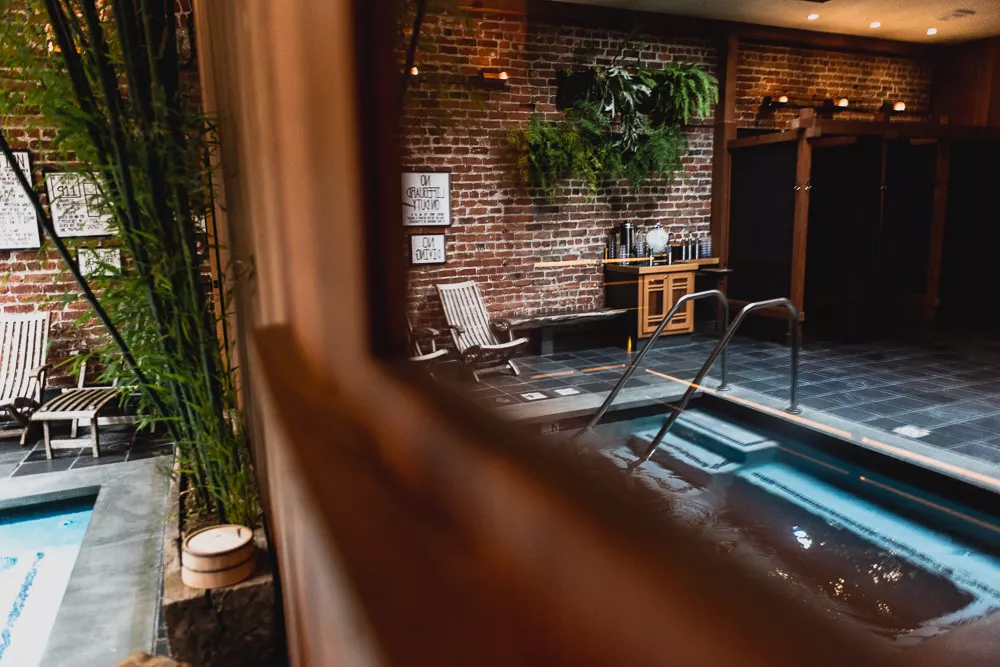Beneath The Mist: Sukayu Onsen And The Timeless Tradition of Konyoku
Beneath The Mist: Sukayu Onsen And The Timeless Tradition of Konyoku
I have a fascination with bathing cultures around the world. The Scandinavians have their invigorating saunas and polar plunges and the Middle East, its fragrant and decadent Hammams. The medicinal thermal bath waters from Roman times still flow throughout Europe. But it’s the Japanese with their mindful practice of onsen bathing that takes this art of bathing to a different level for me. Despite their differences, they all share in a universal appreciation for the health benefits and communal aspect of sharing water and heat. While some aspects have changed over time, others have been maintained through the ages.
In Aomori, the northernmost prefecture of Japan’s main island, I discovered an onsen that still practiced the tradition of Konyoku, or mixed gender bathing.
My Search For An Authentic Onsen Experience
While traveling in Hokkaido, Japan, my winter route was heavily influenced by the allure of finding new-to-me hot spring bathing experiences around the island. From Sapporo, I traveled to Hoheikyo to bathe in a winter rotenburo, an outdoor bath under the open sky, surrounded by a snowy landscape. Traveling south to Noboribetsu, I bathed in the sulphuric healing waters flowing from the geysers of Jigokudani (“Hell’s Valley”).
When I first saw an image of Sukayu Onsen’s otherworldly “Sennin-buro” communal bath, with an ethereal mist rising from its milky mineral-rich waters, it called to me like a buried memory in a dream.
I had the strangest feeling that I’d been here before or that I was always meant to come here.
In another photograph, a bustling scene shows a large group of men, women and children bathing and socializing together, completely naked. Their relaxed postures suggest that this was a completely normal and accepted practice for the time.
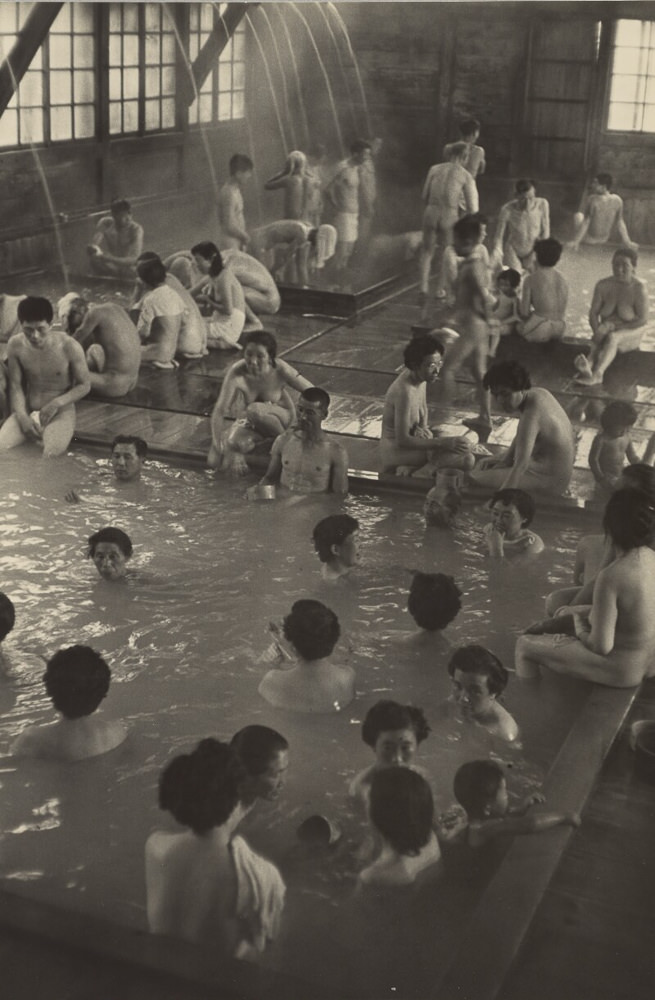
It’s difficult to imagine such a scene in today’s society. Yet, this tradition of konyoku is still practiced at Sukayu Onsen and in other remote regions, though it is becoming increasingly rare.
This would be a new experience for me, and at the same time, it felt like I had found the most authentic onsen thus far in my travels.
Journeying To Sukayu Onsen In The Hakkoda Mountains
By ferry, I crossed the Tsugaru Strait from Hakodate to Aomori, and caught a bus to Sukayu Onsen, an hour away in the Hakkoda Mountains. Sukayu provides complementary shuttle transfers twice a day, at 10 am and 2 pm, for guests between Aomori City, which was very convenient.
At the entrance, I swapped my shoes for a pair of indoor sandals. The receptionist is friendly, despite my lack of Japanese and early arrival, and invites me to relax in their lounge or make use of their communal bath, the Hiba Sennin Buro, which translates to the ‘Cypress Thousand-Person Bath’. The 248 square meter bath was constructed from cypress wood in 1929, and has largely remained the same until present day.
In the changing room, I translated the many different hand-drawn signs explaining the rules, guidelines and etiquette. While I myself was comfortable with my own nudity, it’s my responsibility as a foreigner and first time visitor to make sure I’m participating correctly. I already knew the basics of bathing (which I’ll included below), but there were additional instructions to maintain the integrity of the practice and allow it to still exist today.
Konyoku: An Abridged History Of Mixed Gender Bathing
For many, visiting an onsen and being naked around strangers can be intimidating, but the idea of doing so in the presence of the opposite sex is nearly unimaginable. And yet, until recent times, konyoku was a common and widespread practice.
The tradition dates back to ancient Japan, where bathing in natural hot springs was seen as a communal activity that transcended gender. During the Edo period (1603-1868), public bathhouses were social hubs where everyone gathered. The communal aspect of bathing reflected the close-knit nature of Japanese society. Relaxation and conversation trumped privacy and modesty.
The Meiji Restoration in 1868 was the beginning of Japan’s rapid modernization. Influenced by Western attitudes towards gender segregation and modesty, the Japanese government began to impose regulations on mixed gender bathing. In the early 20th century, many public bathhouses had transitioned to gender-segregated facilities, and in urban areas, mixed gender bathing became increasingly rare.
By the 1950s, mixed gender bathing all but disappeared in cities, though traditional onsen towns in remote areas continued to offer konyoku, choosing to preserve this aspect of Japanese culture.
Today, roughly 20% of onsen still offer konyuku in some form. Modern approaches tries to balance tradition with current modesty standards. Sukayu Onsen is one of those places still trying to preserve the historical practice of mixed gender bathing.

Rules and Etiquettes of Onsen Bathing
Communal onsen bathing is an integral part of Japanese culture, and understanding the rules and etiquettes is crucial for an enjoyable experience. Here are some key guidelines to follow:
- Shower Before Entering: Always wash and rinse your body thoroughly before entering the baths. This is both a hygiene practice and a sign of respect for other bathers. In the Sennin-buro, use a bucket at the rinse station to wash your body.
- No Swimwear: In most onsens, wearing swimwear is not allowed. At Sukayu, modesty towels are available for women in the communal area.
- Keep The Towel and Head Out of the Water: Do not submerge the small towel or your head underwater. People generally fold the towel into a smaller square and place it on their heads, or drape it around their shoulders.
- No Tattoos: Most public baths still prohibit entry for those with visible tattoos. However, they are more lenient if you can cover your tattoos with something like this.
- Quiet Atmosphere: The baths are for relaxation. Keep conversation and noise to a minimum. Be respectful to your fellow bathers.
- No Diving or Jumping: Enter and exit the baths slowly and quietly. This is not your community pool.
- Stay Hydrated: Drink plenty of water before and after your bath.
Guidelines For Mixed-Gender Bathing at Sukyu Onsen
There are these wooden-framed sign around the onsen featuring a charming illustration of men and women bathing together in an onsen. It’s a whimsical and light-hearted way to remind guests to respect the unspoken etiquette of mixed gender bathing.
Article 1: Male bathers should not look at female bathers with curiosity.
Article 2: Female bathers should not look at male bathers with curiosity.
Article 3: Mixed bathing should be suitable for men and women of all ages, respecting harmony and creating a spacious and rich bathing experience at its best.
In other words, don’t stare or make anyone feel uncomfortable. The pools also have wooden signs separating sections for men and women. Additionally, women have a designated entrance and changing area, separate from the men’s section. This area allows them to undress and enter the bath in a private and secure manner.
Stepping Back In Time In the Sennin-Buro
Twice a day, from 8:00 am to 9:00 am in the morning and 8:00 pm to 9:00 pm in the evening, the Sennin-buro is reserved for female-only bathing. Along with the optional modesty towel, this is the other modern compromise to allow all guests to enjoy the onsen in a setting that feels comfortable and secure.
I, coincidentally, entered at the stroke of midday. After undressing, I prepared myself, slid the wooden door, and stepped into the Sennin-buro.
The familiar mist was there to welcome me with an almost palpable brush across the body. The exposed wooden beams and planks appeared weathered from the years of exposure, but they too looked familiar.
Across the room, I recognized the streams of water forming a constant flow between floor and ceiling. The stairs, the stools, the windows, nearly everything looked unchanged from the faded photograph. This place was timeless.
Just Another Bather
A quick scan of the room revealed mostly male bathers, and an obasan, an elderly “auntie”, sitting apart from the men. No one looks in my direction, no curiosity at the newcomer or stranger.
I walked to a wooden basin and rinsed myself using the available bucket. The warmth is invigorating and enveloping. My muscles tensed to alert and I made my way to the smaller of the two pools.
As I lowered myself into the milky waters, any remnants of winter chill and the rigors of my constant travels began to melt away. Cupping my hands together, I bring a small palmful of water to my face and gently pressed it into my cheeks. I take in a deep lungful of the warm air, held it for several slow heartbeats, and exhaled deliberately. It feels like a purification, releasing tension both physically and mentally.
In total, I spent about 40 minutes in the baths, alternating between the larger, hotter pool, the waterfall area, and the first pool. From time to time, I doused myself from head to feet with buckets of refreshingly cold water from the taps by the entrance. The shock is invigorating, almost resetting my senses. Stepping back into the hot baths, the warmth feels even more luxurious and soothing. I repeated this cycle a few times for its therapeutic effect on blood circulation.
A Respectful And Harmonious Experience
Whenever I noticed a female bather enter in my peripheral vision, I respectfully looked slightly away or down towards the water. Most entered the area partially covered or already submerged. One woman walked in freely and moved in and out of the baths without a towel.
The ages of the bathers varied, with most being older than 40. One family came in with their children, who followed their parents’ lead and behaved respectfully. The entire scene was very harmonious. The mixing of genders, as well as the presence of both adults and children, could be controversial in other parts of the world, but at least in this onsen, it was completely natural and entirely unremarkable.
Conversations were kept to a minimum, but there was mutual interaction between the sexes. The scene wasn’t as busy or active as in the old photographs, but it had the same feeling of communal tranquility.
Embracing The Yukata And The Tatami Mat
After my bath, I went for a walk to explore the inn. The building is old with some minor renovations, but otherwise lacks the modern facilities of bigger onsen resorts. There’s a convenience shop selling gifts and snacks that leads to one of the two restaurants at Sukayu. By the reception, a small tour desk offers guided snow walks and equipment rentals.
The Sennin-buro is located steps away from the lobby and there’s even a ever-flowing fountain with fresh spring water. In the opposite direction, the smaller men’s bath, a lounge, the second restaurant, the massage rooms, and all the guest rooms.
Upstairs is the main and ancillary dining halls along with more guests room and the smaller women’s bath.
My traditional room is down a long hallway on the 2nd floor at the end of the building. Each of the tatami rooms are small but complete, containing a futon mattress, a low table, two floor chairs, a tv and refrigerator.
The room is divided by a fusuma, sliding wooden frame doors, that opens up to a view of trees sticking out of the snow and the hot springs running alongside the inn.
When closed, the translucent fabric lets in a soft diffused light that’s beautiful in the late afternoons and early mornings. I prepared an afternoon cup of tea and sat down to relax, a reprieve from all the hikes I’d done recently.
Like every onsen I’ve visited, the inn provides you with a yukata (a lightweight kimono) to wear around the inn, something I greatly enjoy doing. It feels like adult cosplaying and is surprisingly comfortable and freeing.
Sitting Down for Kaiseki Dinner
One of the highlights of any onsen stay is the exquisite Kaiseki (“multi-course meal”) dinner. Breakfast and dinner come included with the stay. Each meal here is a culinary journey featuring the local ingredients and flavors of Aomori. Unfortunately, my complete reliance on Google Translate meant I missed seeing the different options for the Kaiseki dinner. Mine was a more modest presentation, but it was hearty and delicious nonetheless.
The next morning, breakfast featured an open buffet with an impressive variety of both Japanese and Western dishes. Freshly steamed rice, warm seafood soup, pickled vegetables, and grilled fish provided a filling start to my day—just in time for my snowshoe trek atop the snow wall of the Hakkoda Corridor.
Much like the communal aspect of bathing, breakfast was a time for everyone to come together. I loved the liveliness of in the breakfast hall bustling with conversation and energy.
RECOMMENDATION: IF you’re visiting aomori, I stayed at the DAIWA ROYNET. A Perfect location near the station and the famous nokke-don seafood market.
The Opening of the Hakkoda Snow Corridor
I timed my visit to Sukayu with the opening of the road through the Hakkoda Corridor. Aomori Prefecture is known for some of the heaviest snowfall in the world, and the nearby Hakkoda Mountains receive particularly high accumulation during the winter months. The 8 km stretch of Highway 103 between Sukayu Onsen and Yachi Onsen closes between early to mid-November and reopens on April 1st.
Specially designed snowplows work for a month to slowly clear a deep path through the thick snowfall. The resulting walls of the reopened corridor reach heights between 6 to 9 meters. It’s a fascinating draw for visitors, who are dwarfed in the corridors of the towering snow walls.
I arrived in Aomori just in time to ride the Winter Stove train before it closed down for the season and to be there right when the Hakkoda corridor opened.
The hotel arranged a guided snowshoeing trek coinciding with the opening, and I enthusiastically signed up.
Snowshoeing Above The Hakkoda Snow Wall
Like Japan clockwise, we departed for the wall at exactly 9:25 am, just as the guide told me the day before. Within minutes, we are driving through the opened gates of the Hakkoda Corridor. The sides have been plowed smooth and rise up around 3-4 meters is most places. But in some spots, it towers above a good 6 – 7 meters above our vehicle.
About 10 minutes in, we spot an opening and get off to start our trek. The tour cost ¥4000 yen and included all the necessary equipment, like snow shoes, gaiters and trekking poles.
After an early morning session in the baths, I welcomed the crisp and refreshingly chill of the morning air. All around us, the snow was untouched. We were the first ones to touch this area since the end of the start of winter 4 months prior.
The hike lasted around an hour and something worth putting on your list if you’re visiting.
I opted for to take the 12:30 pm bus (the first one leaves at 8:50 am) back to Aomori, which left time for one return visit to the bath after my hike. There was no better feeling than coming in from the snow and heading straight for the warmth of the Sennin-buro.
This time, I had the baths almost completely to myself, in between the waves of guests who’ve just departed and the ones yet to arrive.
It was one of those peaceful moments where time slows down without you needing to ask.
Information For Visiting Sukayu Onsen 2024
Accommodations
Sukayu Onsen offers around 60 guest rooms, with both Japanese-style tatami rooms (Washitsu) and Western-style rooms with standard beds.
You can make official reservations in English on Agoda or Japanican.
How To Get To Sukayu Onsen
1. Shuttle Service
Sukayu provides two daily shuttle transfers directly from Aomori City. The shuttle stop in Aomori is in front of the 7-11 at the Aomori Chamber of Commerce office, departing at 10:15 am and 2:00 pm.
The shuttle returns from Sukayu Onsen to Aomori at 8:50 am and 12:30 pm, dropping off at the same Aomori pick-up location.
2. By Car
Sukayu is approximately 28 km from Aomori Station, a 45-minute drive along Highway 103.
3.By Bus
Four JR East buses depart from Aomori Station (Bus Stop #11) at 8:15 am, 9:55 am, 11:25 am, and 1:25 pm. The bus returns from Sukayu to Aomori at 9:58 am, 11:58 am, 2:53 pm, 4:38 pm, and 5:38 pm. The fare is ¥1340 each way.
Day Pass To The Onsen
Visitors who are not staying overnight can purchase a day pass for ¥1000. This includes access to both the Sennin-buro and the smaller, gender-separated baths. Visitors can also use the resting lounge, and a towel is provided at the front desk.
The reception is open from 9:00 am to 5:00 pm daily.
Modesty Cover Rentals
Sukayu has been experimenting with different modesty covers for both men and women. Previously, female guests could purchase a cloth dress (yuamiki) for ¥1300 yen.
Starting May 2, 2024, Sukayu now offers yuamigi (women) and shorts (men) rental for ¥500 yen. Available at reception.
Last Thoughts On Sukayu Onsen
Compared to my luxurious stay at the famous Dai-ichi Takimotokan onsen in Noboribetsu or the charming bathhouses of Shibu Onsen, Sukayu offered the most rustic and traditional bathing experience. It’s remarkable that the Sennin-buro looks the same today as it did over 70 years ago in the photograph I first saw.
Experiencing mixed-gender bathing was certainly unique, and I’m glad I could partake in this traditional Japanese practice. If you are planning a trip to Aomori, I highly recommend combining a stay at Sukayu with a ski trip to the Hakkoda Mountains or a drive through the Hakkoda Corridor.
My Favorite Onsen Experiences In Japan
Over the years, I’ve visited many onsen towns, and some places have truly stood out. If you are interested in the Japanese onsen experience, you can also check out a few of these below:
Near Nagoya, I went to see the famous snow monkeys bathing, and visited the famous nine bathhouses of Shibu Onsen.
In Hokkaido, I bathed overlooking the steaming geysers and alien landscape of Noboribetsu’s Hell Valley. For Tokyo, I stayed at the new state of the art Toyosu Manyo Club Onsen overnight to see the famous tuna auction.
After visiting the Fushimi Inari Shrine in Kyoto, I hopped on a train to the Uji Natural Hot Springs for a soak with the locals. And in Osaka, I visited the famous multi-story Spa World.
Whatever your fancy, there’s an onsen experience for it in Japan, so have fun exploring.
Updated on July 19, 2025

